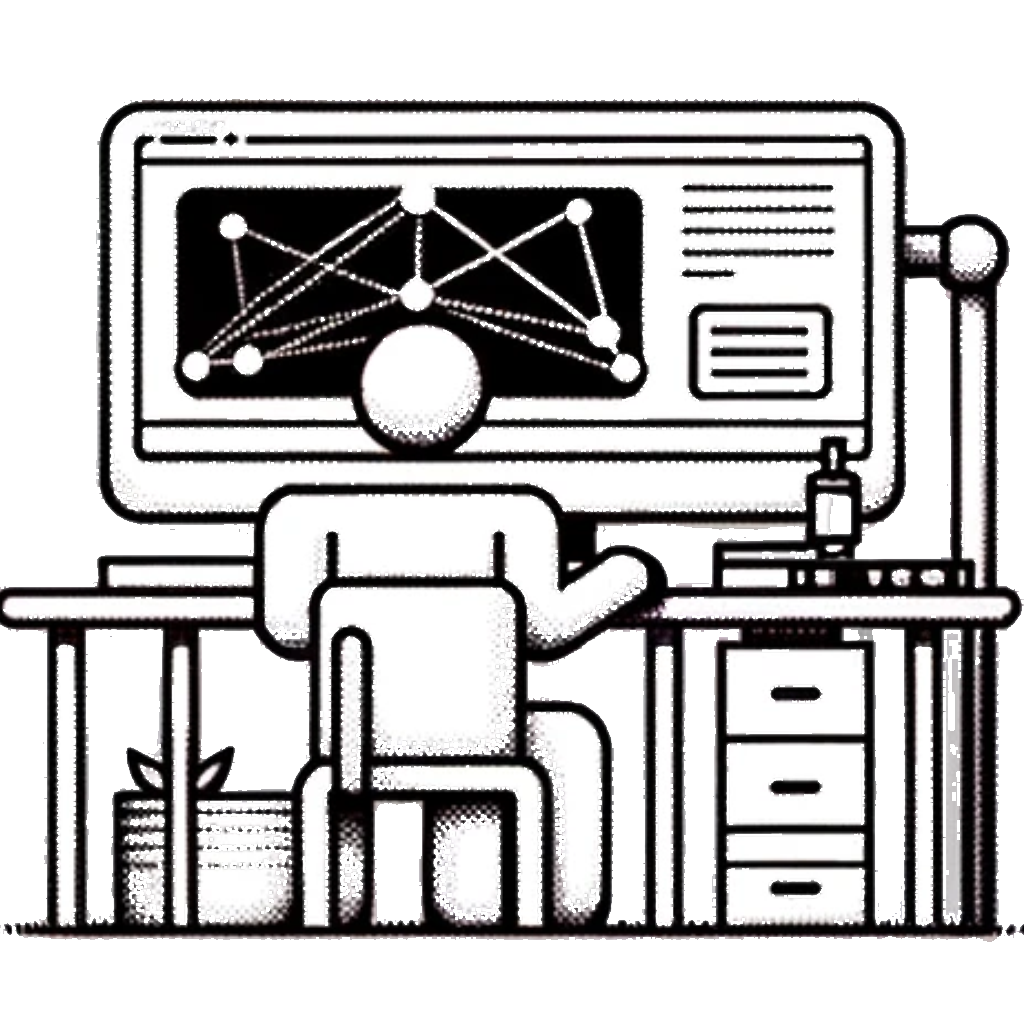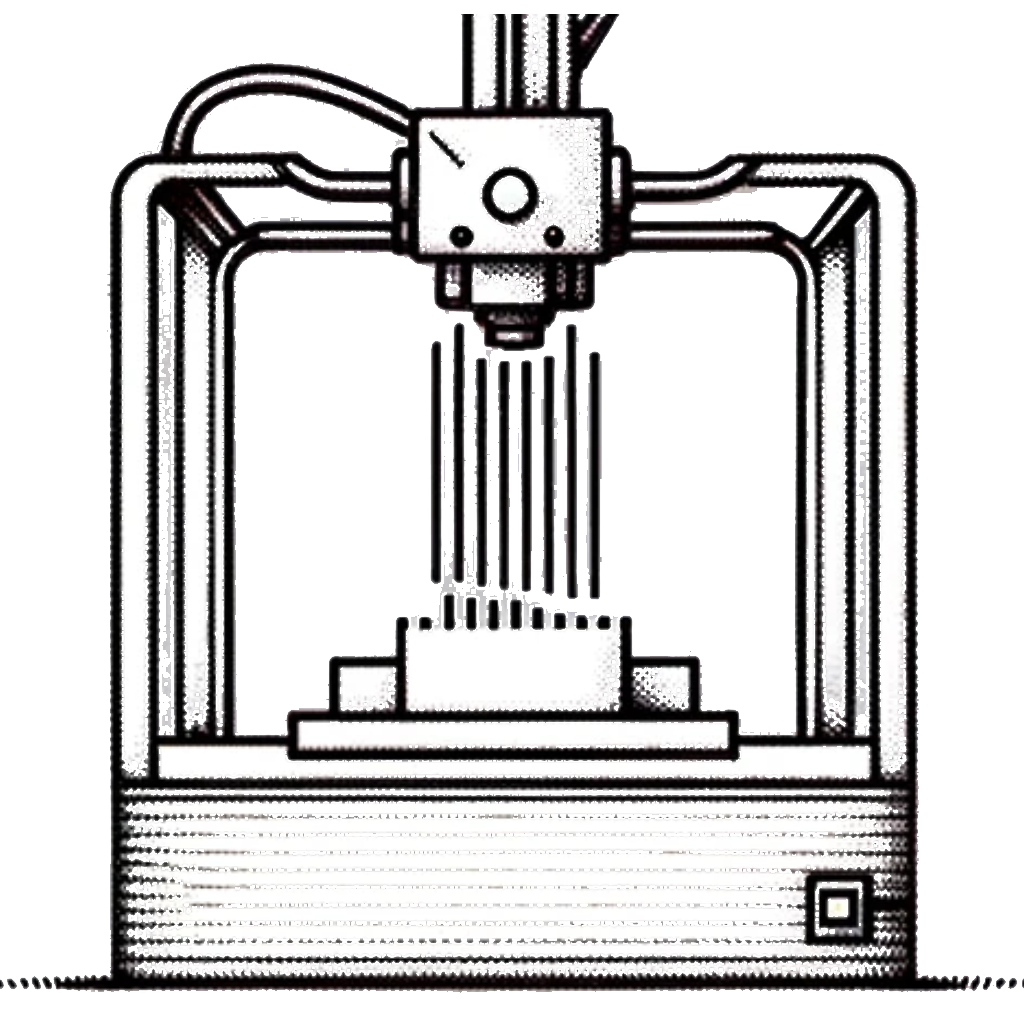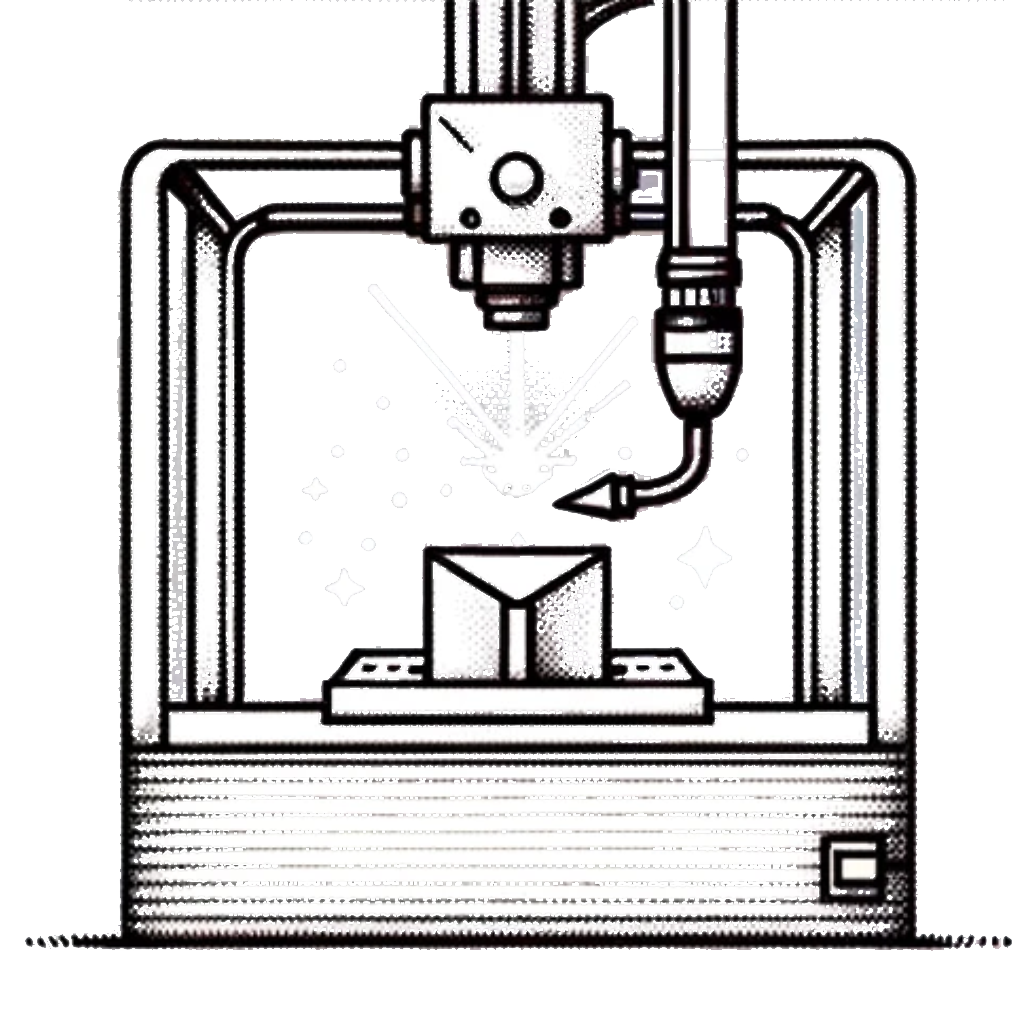Metal 3D Printing Overview


Traditional mold manufacturing processes suffer from long production cycles, limitations in manufacturing complex geometric shapes, and high dependence on operators. Metal 3D printing technology offers significant advantages in addressing these challenges. It enables rapid production while overcoming the limitations of traditional manufacturing methods for complex geometric shapes.
However, metal 3D printing technology also faces some challenges. Typically, its surface quality is lower, and the strength and durability of the finished product are greatly influenced by the printing material. SLM technology, as one mature metal 3D printing technology, possesses high-precision printing capabilities and supports the use of various metal powders, including tool steels, martensitic steels, stainless steels, pure titanium, titanium alloys, aluminum alloys, nickel-based alloys, copper-based alloys, cobalt-chromium alloys, and others. By selecting different printing mold materials, Selective Laser Melting (SLM) technology can meet the performance requirements of different molds.




The above four steps summarize the basic process of SLM. After completing the print, some post-processing steps are usually required to ensure that the finished product meets the final usage requirements.
In the actual manufacturing process, from material research and development to printing processes, and then to post-processing, each step can significantly impact the final performance and cost of the mold. LAMOTEK has been deeply involved in SLM technology for over ten years, mastering the core technical elements of the entire process from materials to post-processing and accumulating extensive industry experience. Currently, we have helped hundreds of clients achieve cost reduction and efficiency improvement in molds, committed to providing the best mold 3D printing services.